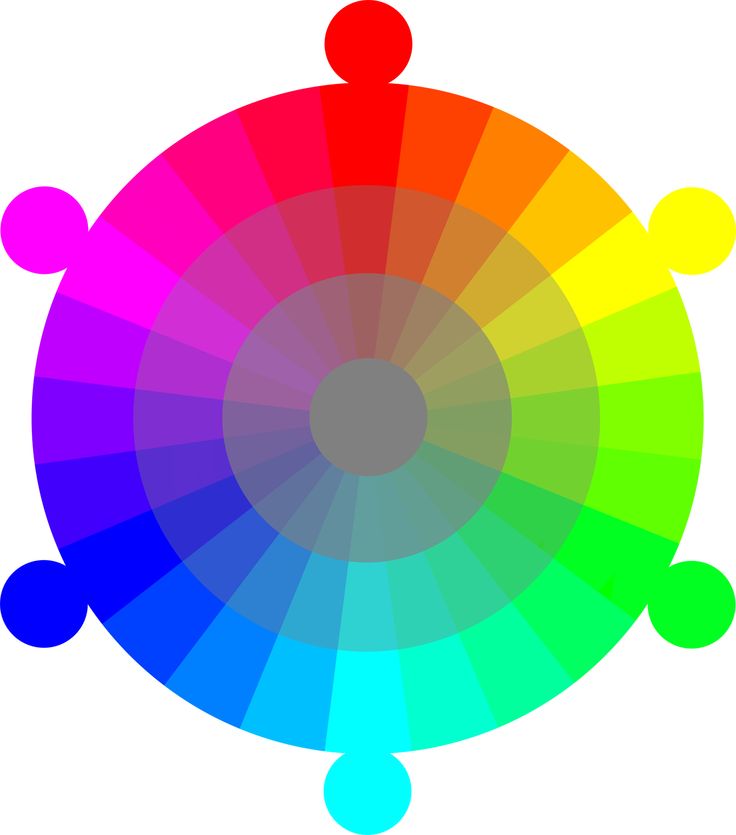
Tetrachromacy in Carriers of CVD įemales carriers of anomalous trichromacy (mild color blindness) possess heterozygous alleles of the genes that encode the L-opsin or M-opsin and may therefore exhibit tetrachromacy. However, the original publication's claims about plasticity in the optic nerve have also been disputed. This would support the theory that humans should be able to utilize a fourth opponent channel for tetrachromatic vision. Mice, which normally have only two cone pigments (and therefore two opponent channels), have been engineered to express a third cone pigment, and appear to demonstrate increased chromatic discrimination, possibly indicating trichromacy and suggesting they were able to create or re-enable a third opponent channel. Whether a fourth opponent channel is available to facilitate tetrachromacy is unclear. According to the opponent process theory, humans have three opponent channels, which grant trichromacy. However, there must also be the appropriate post-receptoral mechanism to compare the signals from the four classes of receptors. Tetrachromacy requires that there be 4 independent photoreceptor cells classes with different spectral sensitivity. However, human tetrachromacy may be possible in some situations. Humans Īpes (including humans) and Old World monkeys normally have three types of cone cell and are therefore trichromats. Species with tetrachromatic color vision may have an unknown physiological advantage over rival species.

This means that the organism may see wavelengths beyond those of a typical human's vision, and may be able to distinguish between colors that, to a normal human, appear to be identical.


The normal explanation of tetrachromacy is that the organism's retina contains four types of higher-intensity light receptors (called cone cells in vertebrates as opposed to rod cells, which are lower-intensity light receptors) with different spectral sensitivity.


 0 kommentar(er)
0 kommentar(er)
